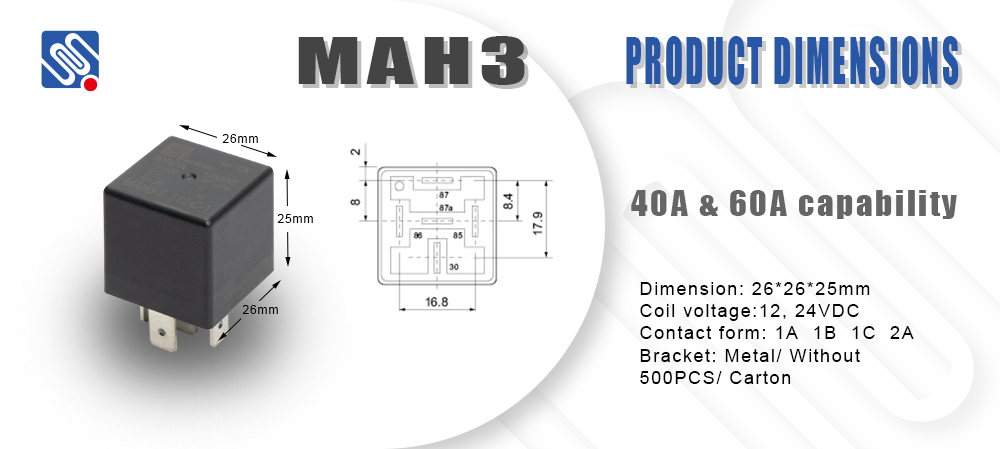effective relay troubleshooting: a guide with meishuo solutions
Release time:2025-05-05 12:59:06
Relay troubleshooting is a critical skill when it comes to maintaining and repairing electrical circuits, machinery, or systems. Relays are electrical components that control the flow of current to various parts of a system by acting as an automated switch. When a relay fails, it can result in significant operational issues. Therefore, understanding how to identify and troubleshoot problems with relays is essential for engineers and technicians. In this article, we will discuss effective relay troubleshooting techniques and highlight how Meishuo's advanced solutions can simplify the process.

Understanding Relays
Before diving into troubleshooting methods, it's important to understand how relays function. A relay consists of an electromagnet that, when energized, closes or opens the switch to control a circuit. They are commonly used in various applications, such as controlling motors, lights, and other devices in industrial, automotive, and residential systems.
Relays come in different types, including electromechanical and solid-state relays. Despite the variations, most relays perform the same basic function: they allow low-power control of high-power devices. A failure in a relay can lead to issues such as equipment malfunction, system downtime, or even safety hazards.


